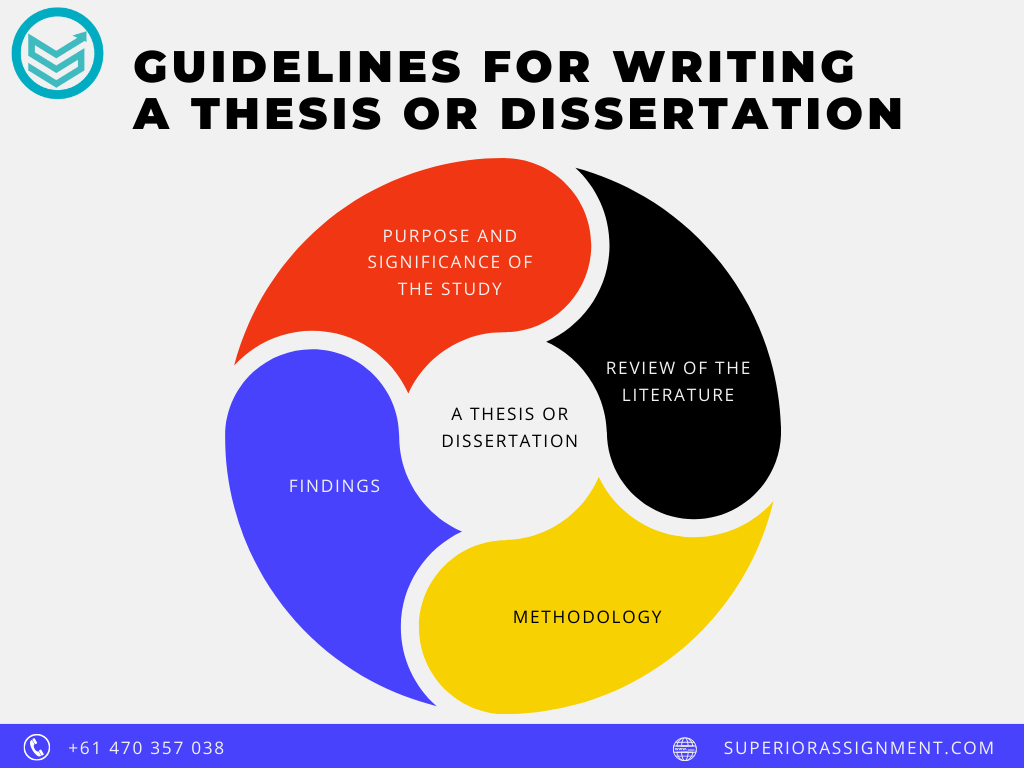Guidelines For Writing a Thesis Or Dissertation
It's not easy to write a dissertation or thesis. To get to the finish line, you need a lot of time, effort, and willpower. It's not simple, but the process doesn't have to be painful. Your research journey will be much easier if you comprehend the overall procedure of writing a dissertation or thesis.
Most studies start with a question. Consider the theories and subjects that interest you and the things that you would like to learn more about. Consider the subjects and theories you have learned about in your curriculum. Exists a question that, in your opinion, the body of knowledge in your profession does not sufficiently address?
This post is ideal for you if you are just getting started with your research study.
Guidelines For Writing a Thesis Or Dissertation
- Purpose
- Review the literature
- Methodology
- Findings
Your expertise should point to a reason for your thesis or dissertation as you become knowledgeable about your subject and previous study on it. You are prepared to write your prospectus or proposal once you can express this purpose in unambiguous terms. This document outlines your research questions and/or hypotheses, the significance of the study, a preliminary examination of the relevant literature and its theoretical framework (a working bibliography should be supplied), and how you will gather and analyze your data.
2. Review the literature
The study's goal ought to provide a theoretical framework that will be further upon in this chapter.
Thus, the review of the literature describes and evaluates earlier studies on the subject. But this chapter shouldn't only summarize what other researchers have discovered. Instead, you ought to debate and evaluate the body of information with the end in mind of figuring out what is and isn't understood about the subject. Your research questions and/or hypotheses are derived from this conclusion. Of course, you can find that it's necessary to recite earlier studies in some circumstances.
Methodology
The data collection technique utilized is explained and supported in this chapter. This chapter also describes the data analysis process you used.
Start by outlining the approach you took and why it was the best option. You should cite sources from the method's reference material while doing this.
Next, describe in detail the entire data collection and analysis procedure. Although the methods and analysis techniques used in this part vary, many of the following topics are frequently covered
Findings
This chapter's goal is not to just restate what you discovered, but rather to explain the implications of your findings in light of the field's theoretical body of knowledge and your line of work.
Do you need thesis Writing Help?
Contact Us.




.png)


4.jpg)

